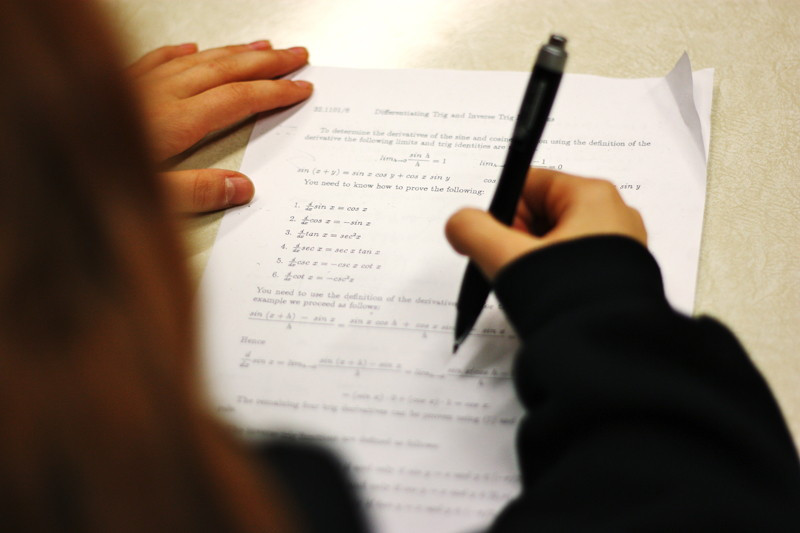Learning to learn
Researchers and educators discuss the future of Canadian education
Closing permanently this spring, the Canadian Council on Learning (CCL) has released its final report, outlining recommendations for better Canadian education.
The CCL, a private organization dedicated to researching the state of learning in Canada, had its funding cut in 2010 by the federal government.
“The CCL is obliged to close in the spring because of the withdrawal of all federal funding,” Paul Capon, president and CEO of CCL, wrote in an email. “Without that funding, we cannot maintain the quality and scope we had.”
The CCL uses the Program for International Student Assessment (PISA) to weigh the academic ability of students across Canada. By comparing Canada’s PISA scores with other country’s, CCL can determine where Canadian education is lacking.
Ryan Wiens, a teacher from College Churchill High School, believes it is important to examine the root causes of successful PISA scores.
“On one hand, we are using PISA tests to say Canada is not being competitive, but on the other hand we don’t explore why other countries do well on the test,” he said. “Finland is one of the best countries on the test and we don’t ask ourselves why.”
Besides spending less time in classrooms than students in any other developed country, Finnish students don’t begin formal schooling until the age of seven, Wiens added.
“Why aren’t we trying to figure out why kids can start so late in school, spend so little time in school and do so much better on these tests than everyone else?” he said.
Wiens speculates cultural norms in Finland may play a large role in this difference.
“Reading at home in Finland is a highly valued social norm, whereas in Canada you go to an elementary school and have certain children that were never read to at home,” he said. “Also, teachers are valued members of society and systems are set up to take care of parents.”
As outlined in the CCL’s final report, Capon believes the solution to Canada’s slipping scores sits in the need for national education goals. From early childhood schooling to post secondary education, a national strategy must be developed for determining how effective schools are.
This can be done through a ministry of education, adds Capon.
“Canada is the only country in which the central government lacks a ministry of education,” he said. “This is one reason for our failure to develop any national goals or strategy.”
Paul Burbank, a policy intern for the council on post-secondary education, believes nation-wide commitment to developing post-secondary education programs would be beneficial.
“Most experts will tell you we have a post-secondary sector, not a system,” he said. “Schools are all doing their own thing, they are not working together, they are individually pursuing what will get them more financial resources.”
However, Wiens believes a nationalized curriculum would be ineffective.
“A nationalized curriculum in a place like Canada seems a little absurd,” he said. “We have such a huge diversity across the country - how are you supposed to assume the reality of being a good citizen in Newfoundland is the same as other places?”
For Burbank, the end of CCL means the end of a resource for education research.
“It’s one less place where someone like myself could get reliable evidence on the state of learning,” he said. “That’s not to say there are other places where you can get information, but the loss of an independent voice is always problematic.”
Published in Volume 66, Number 13 of The Uniter (November 23, 2011)








